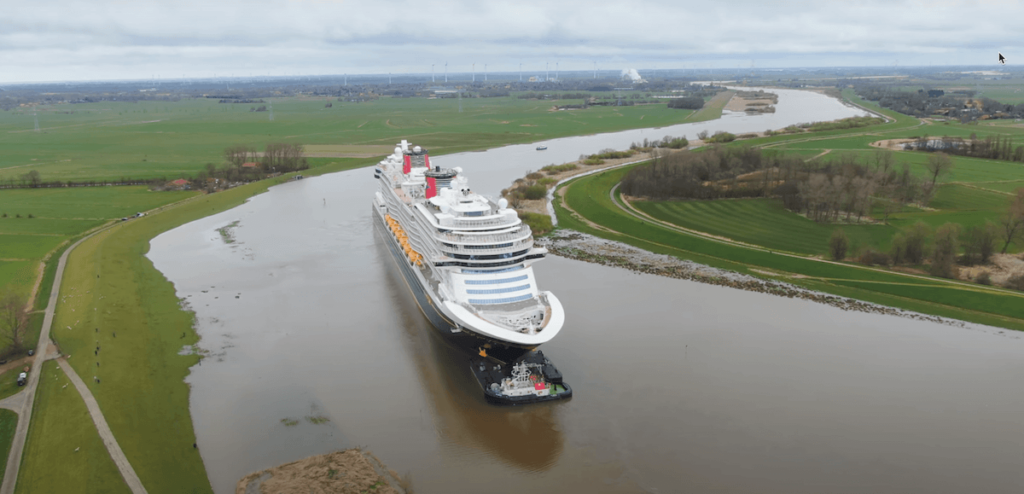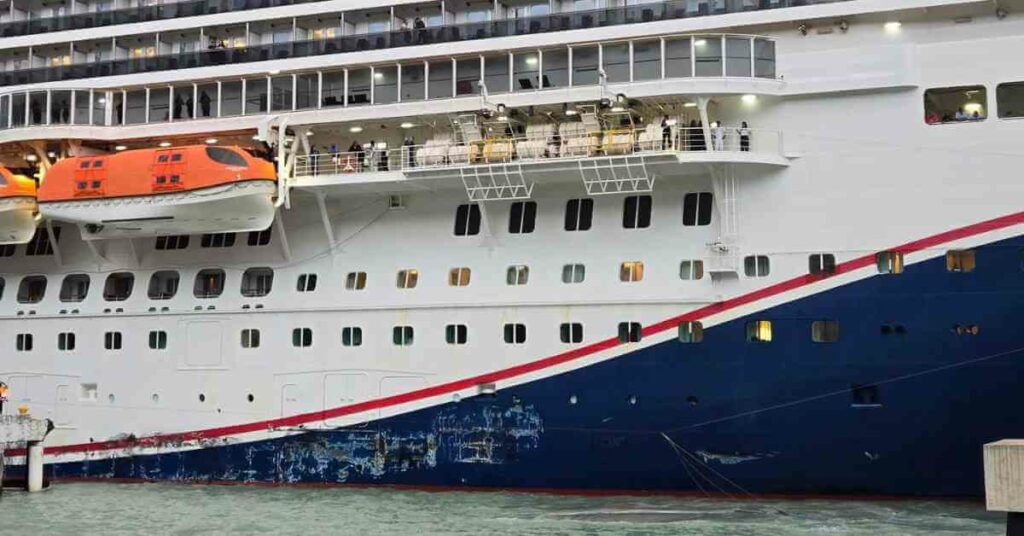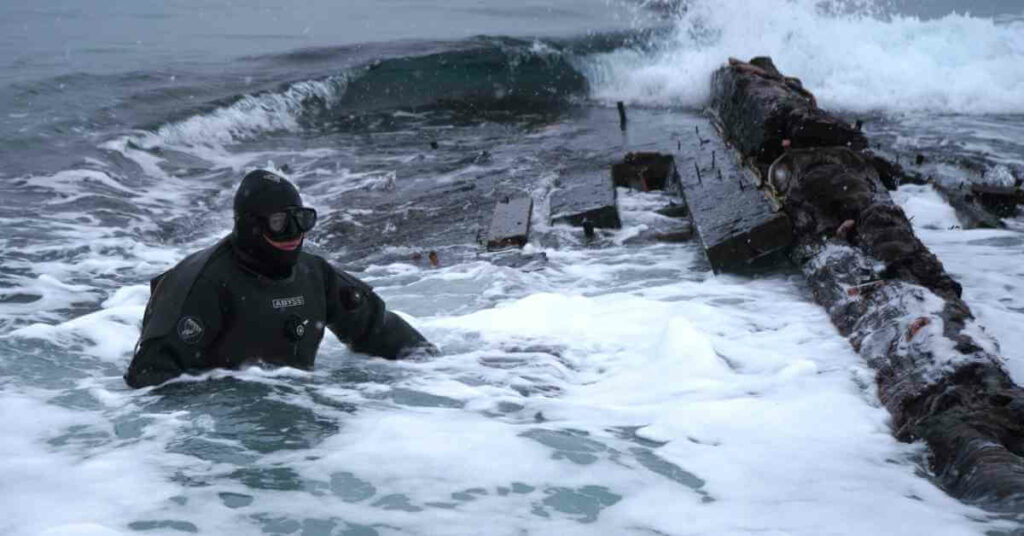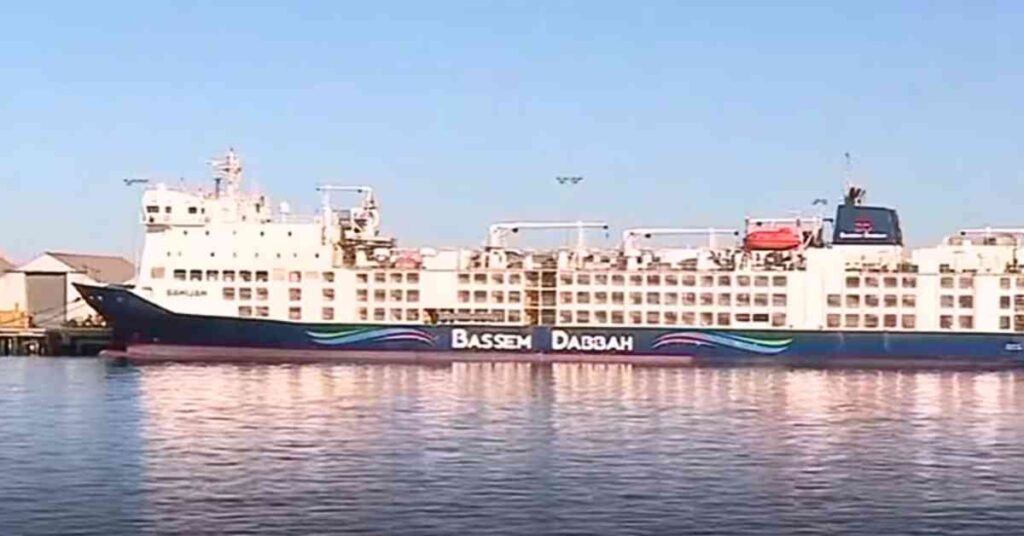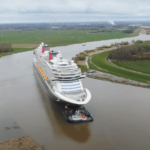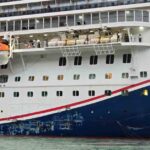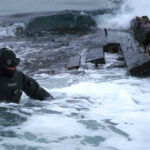Watch: Bulkheads In Ships Explained
A bulkhead is a vertical partition wall subdividing the ship’s interior into watertight compartments.
Bulkheads reduce the extent of seawater flooding in case of damage and provide additional stiffness to the hull girder.
They can be flat or corrugated.
In simple words, a Bulkhead is an upright wall within a ship’s hull that separates the hull into different rooms and compartments.
Before learning the purpose and usage of the bulkhead on a ship, please subscribe to our channel and press the bell icon to receive future notifications.
The Basic Purpose of Bulkhead is to.
Increase the structural rigidity of the vessel: dividing a ship into smaller parts contributes to strengthening its hull.
Bulkheads also support the deck, making it sturdier and more damage-resistant.
Limit flooding by preventing loss of buoyancy: bulkheads can seal damaged compartments and isolate them from the rest of the ship. This way, the captain can keep the ship afloat while the rest of the compartments remain entirely usable (cargo, habitat, engine room) while it’s being repaired.
Divide functional areas into rooms and Compartments –
Dividing the hull into different sections allows seafarers to carry different types of cargo on the same vessel. This separation can have other purposes depending on the type of vessel. For instance, engineers use bulkheads to separate passenger cabins from crewmembers on yachts and commercial vessels.
Prevent the Spreading of fire: specific bulkheads can help contain fires on board. Similarly, floods in watertight compartments can be prevented; we can isolate fires from the rest of the ship by sealing bulkheads. Additionally, the crew can easily focus on their efforts to extinguish the blaze in that part of the ship.
Bulkheads are of different types according to their Purpose, Position, Or construction.
Some Important types of bulkheads are given below:
Longitudinal Bulkhead: extend fore and aft and divide the vessel along its length. Engineers use them inside traverse bulkheads to increase the number of compartments even further. As a result, the ship conserves even more buoyancy when specific compartments are flooded and isolated.
Additionally, they are one of the main construction elements that strengthen the longitudinal integrity of the ship and are essential in larger vessels such as tankers and commercial vessels.
Transverse Bulkhead: divides the ship from side to side and is used to create watertight compartments on the vessel. Additionally, they stiffen the hull’s structure, preventing deformation and racking stresses.
Plain Bulkheads: consist of plates stiffened by rolled sections such as bulb plates and angles spaced approximately 760mm apart.
The thickness of the plates is generally thickest at the bottom because of the maximum hydrostatic pressure experienced there, and thinnest at the top and typically not less than 6.5 mm thick. The plates of the bulkhead are laid in a horizontal direction.
Corrugated Bulkheads: They are Bulkheads with corrugated plating, eliminating the need for welded stiffeners. A corrugated plate is stronger than a flat plate without stiffening if subject to a bending moment or a pillar load along the corrugations.
The elimination of vertical stiffeners also results in saving in steel weight and the cost of stiffeners.
The angle of corrugation is about 45 degrees.
Watertight Bulkhead: These types of bulkheads are used nowadays in almost all types of ships. They provide maximum safety in times of flooding or damage to the hull. They divide the ship into watertight compartments, which prevents water from seeping into other parts of the ship in case the hull breaks.
Collision Bulkheads: It is the foremost main transverse watertight bulkhead. It extends from the bottom of the hold to the freeboard deck or the forecastle deck and is designed to keep water away from the forward hold in case of bow collision damage.
The bulkhead shouldn’t be too much in front and be able to get damaged upon frontal impact.
Also, the bulkhead shouldn’t be too far aft to considerably allow the ship to trim by the stern when the section is flooded. In addition to obvious safety concerns, the captain can conserve fuel while heading back to shore when the ship is damaged. The bulkhead should also provide maximum cargo space.
After peak bulkhead: It is the bulkhead that forms the forward boundary of the aft peak. It can be flat or corrugated.
Engine room bulkhead: The bulkhead is transverse, either directly forward or aft of the engine room.
Bulkheads are the backbones of ships, providing strength and watertight integrity. Without them, we cannot imagine a ship working at sea.
Disclaimer: The authors’ views expressed in this article do not necessarily reflect the views of Marine Insight. Data and charts, if used in the article, have been sourced from available information and have not been authenticated by any statutory authority. The author and Marine Insight do not claim it to be accurate nor accept any responsibility for the same. The views constitute only the opinions and do not constitute any guidelines or recommendations on any course of action to be followed by the reader.
The article or images cannot be reproduced, copied, shared or used in any form without the permission of the author and Marine Insight.
Do you have info to share with us ? Suggest a correction

About Author
Zahra is an alumna of Miranda House, University of Delhi. She is an avid writer, possessing immaculate research and editing skills. Author of several academic papers, she has also worked as a freelance writer, producing many technical, creative and marketing pieces. A true aesthete at heart, she loves books a little more than anything else.
Latest Videos Articles You Would Like:
- Watch: Giant Disney Cruise Ship Maneuvers Through Impossibly Narrow River
- Cruise Ship Damaged Due To Severe Weather, Passengers Stuck Abroad
- Archaeologists Examine 19th-Century Shipwreck Found On Canadian Coast
- Australia Stops Livestock Ship From Sailing Around Africa To Israel Amidst Houthi Attacks
- Iran Warns U.S. Of Targeting Cargo Ships Following Latest Airstrikes On Houthis
- Watch: Ukrainian Forces Destroy Russian Missile Boat In Black Sea Operation
Subscribe To Our Newsletters
By subscribing, you agree to our Privacy Policy and may receive occasional deal communications; you can unsubscribe anytime.



